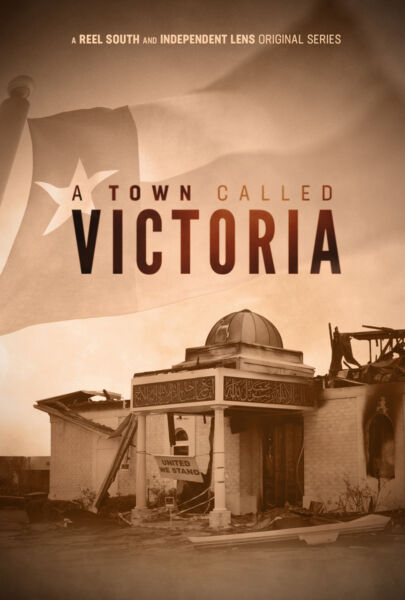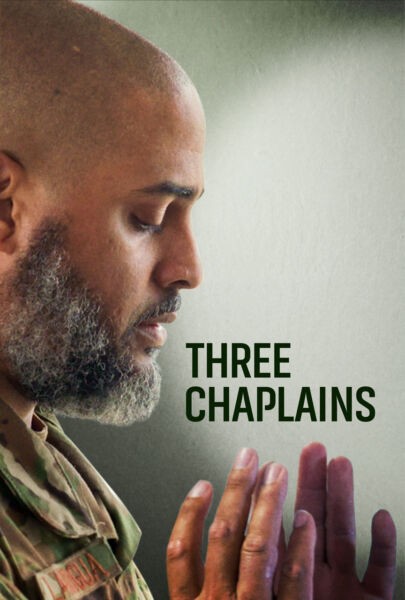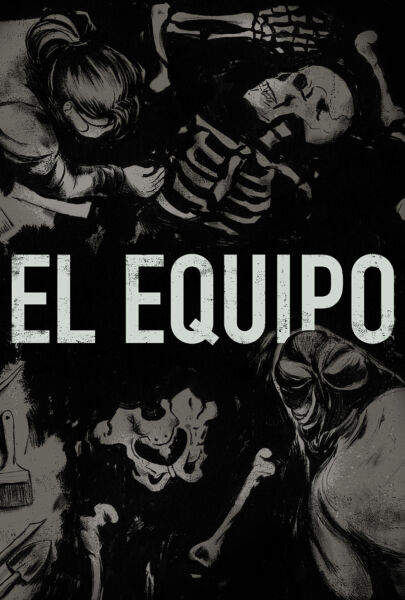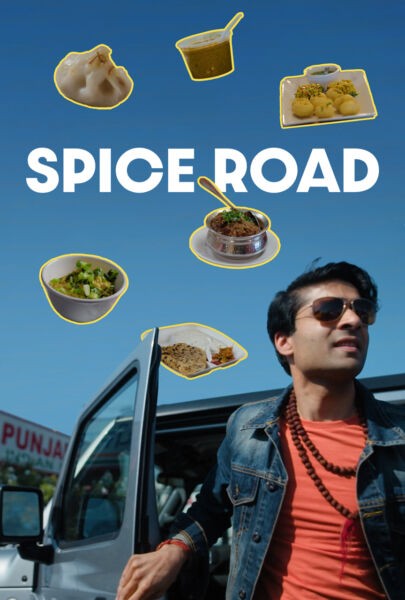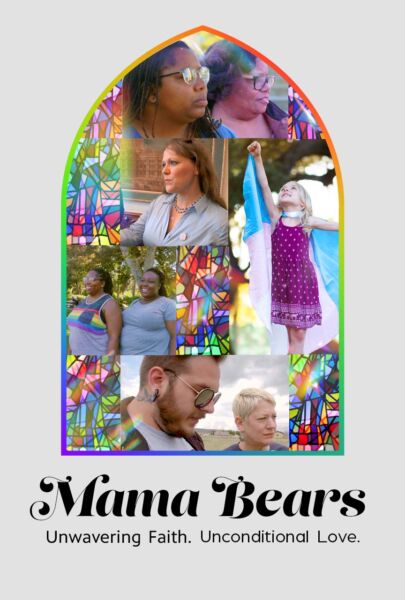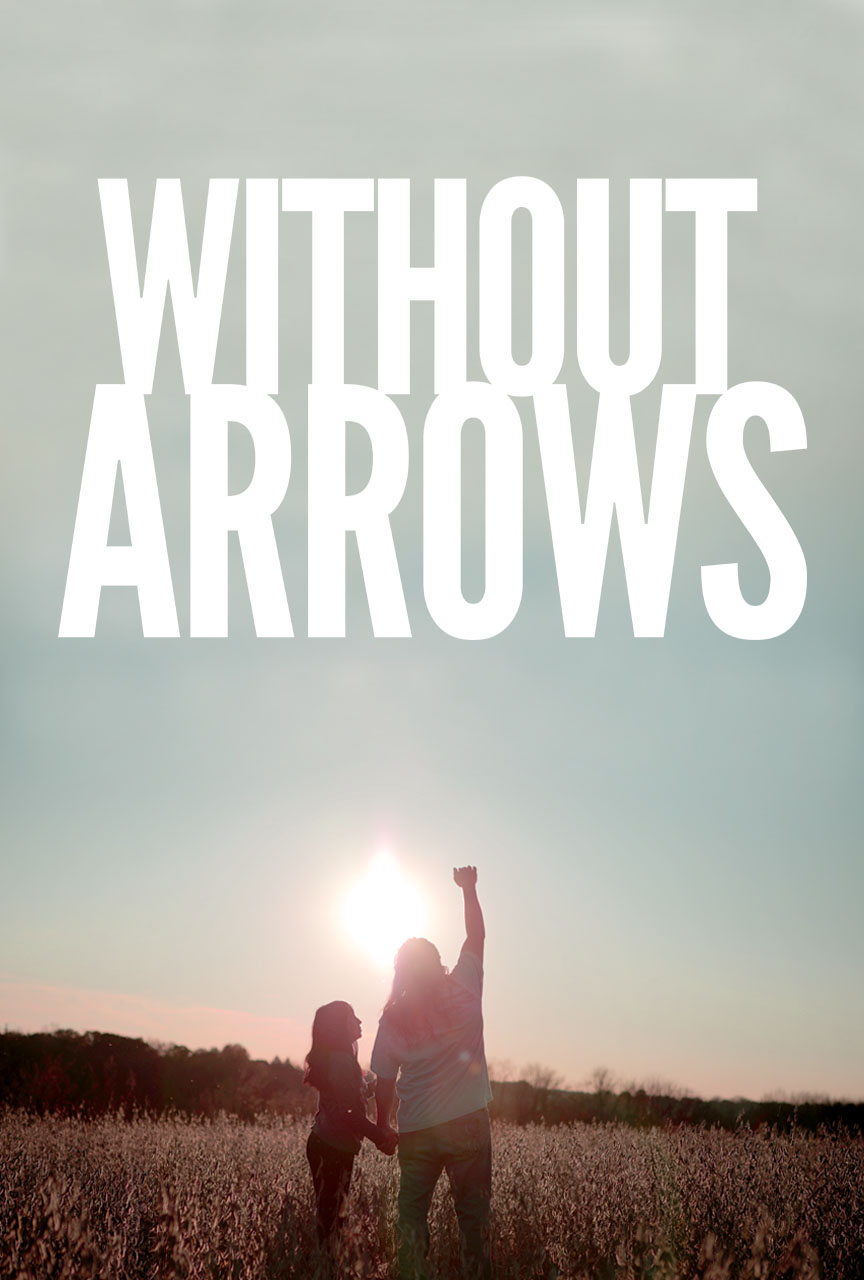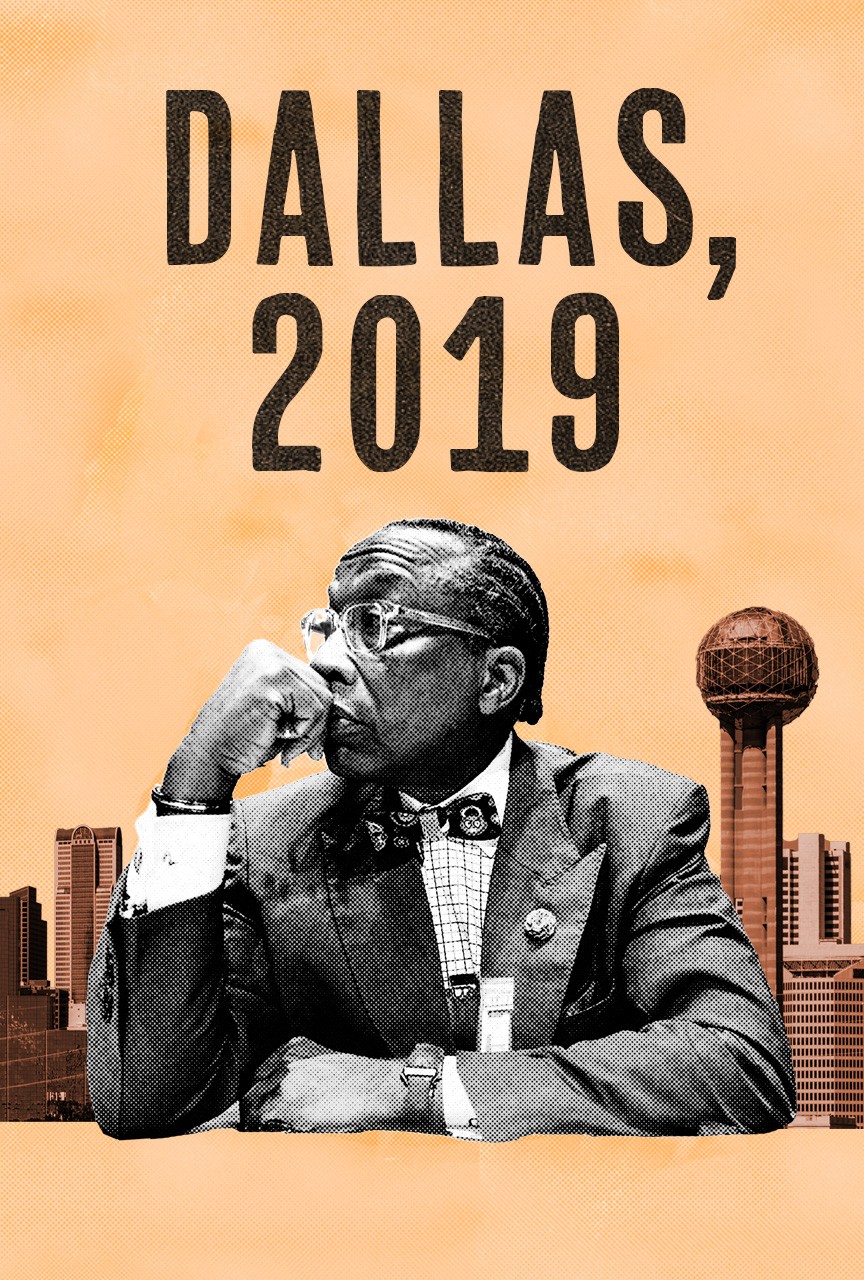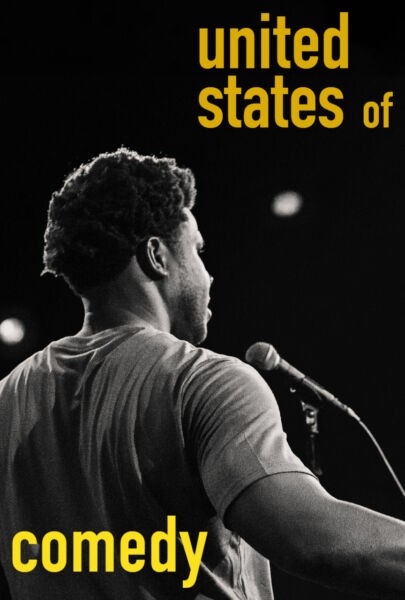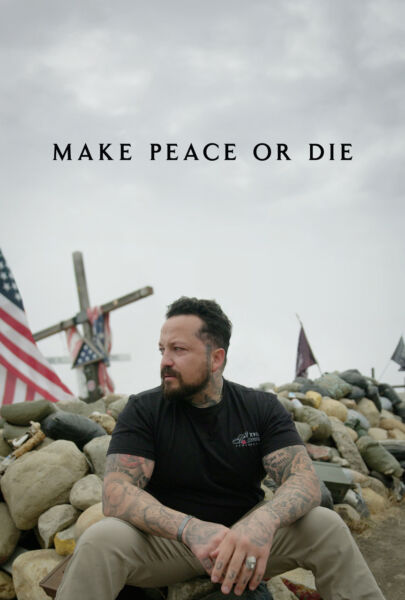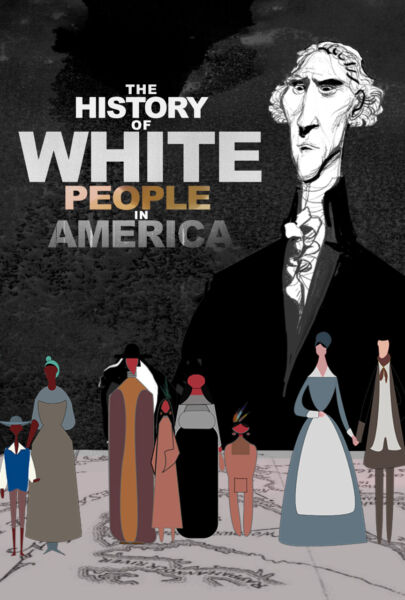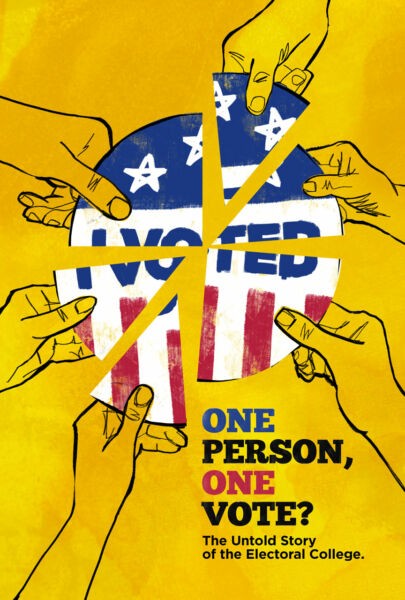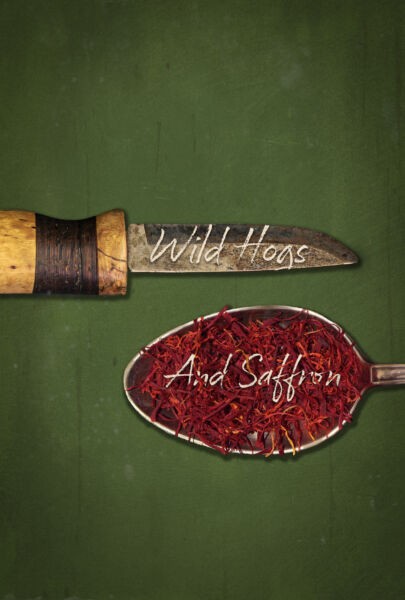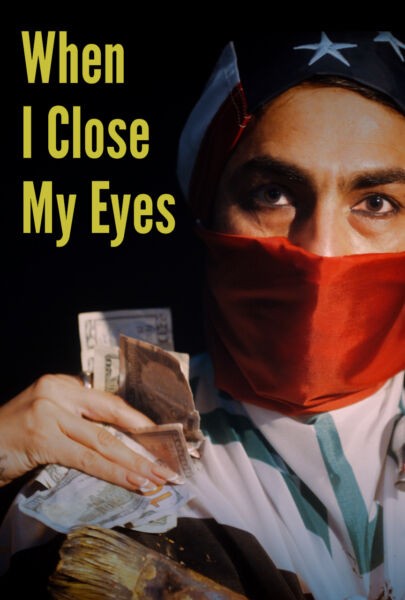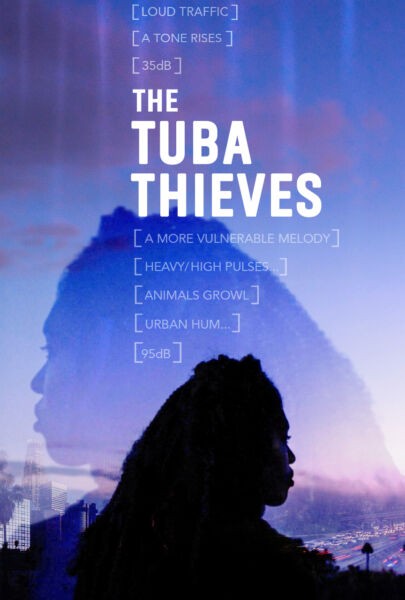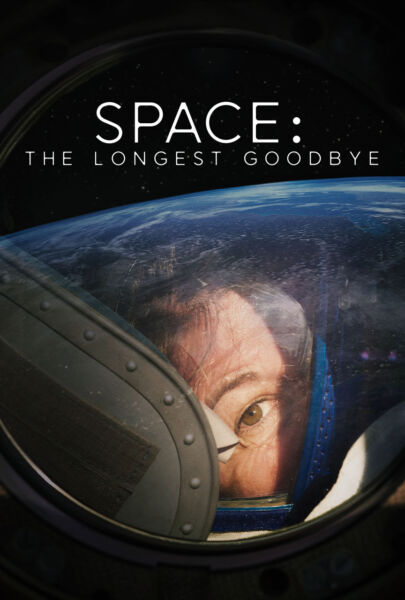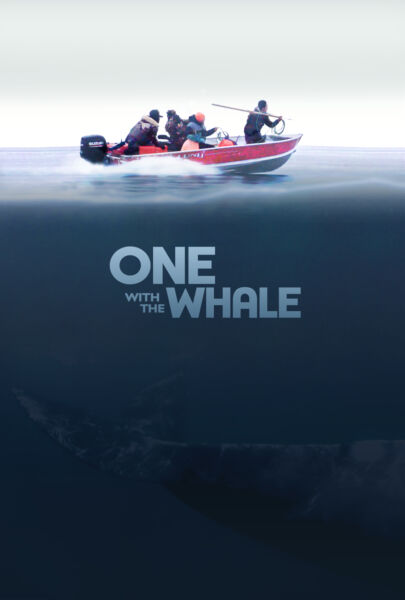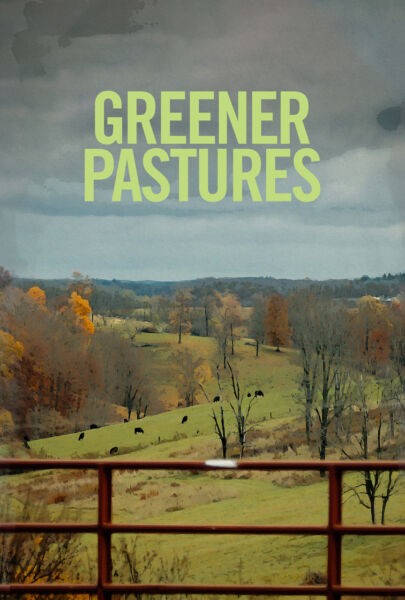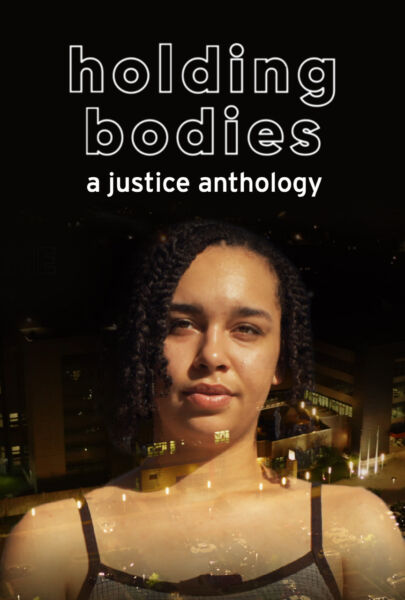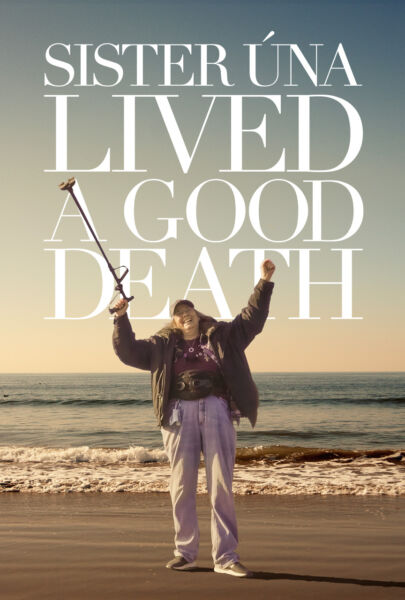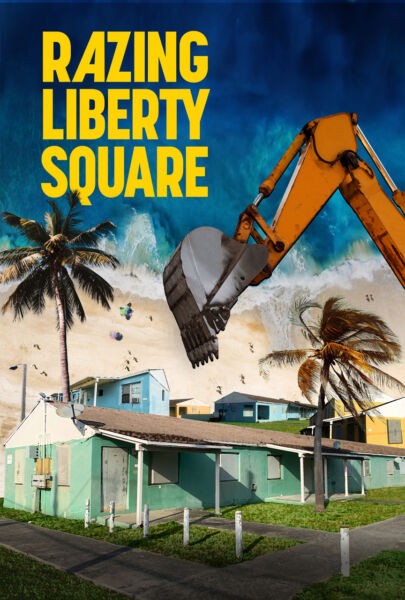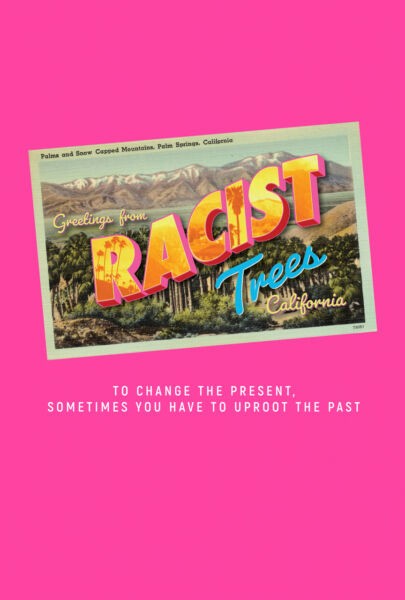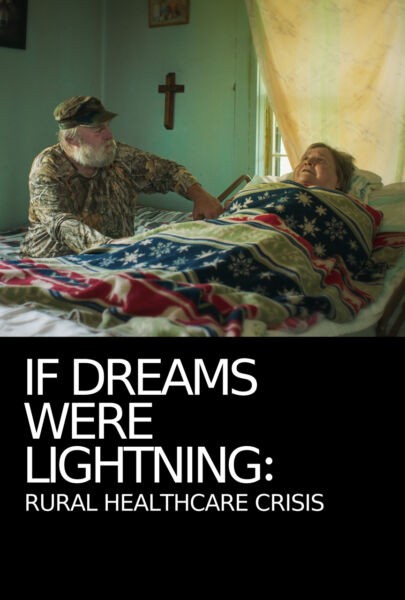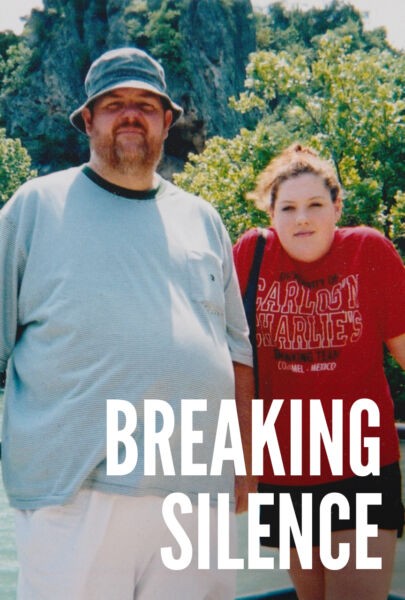
To say filmmaker Jen Brea has made the most of her challenging situation would be a vast understatement. Burdened with Myalgic Encephalomyelitis/Chronic Fatigue Syndrome (ME/CFS), she produced her film Unrest for the most part literally from her bed, yet managed to include people from all over the world who joined in her investigating what this disease is and how they can overcome it.
Based in Los Angeles, a graduate of Princeton, Brea was a PhD student at Harvard when the crippling illness came on suddenly and left her bedridden. In the aftermath, she rediscovered her first love, film. Unrest, which won a Special Jury Prize at the Sundance Film Festival and is one of 15 films that has been narrowed down for consideration for an Oscar nomination, was called “a film that’s remarkably intimate, deeply edifying and a stirring call to action” in the LA Times.
An activist for invisible disabilities and chronic illness, Brea co-founded a global advocacy network, #MEAction, and is a TED Talker. She wrote to us about her journey in making this powerful film.
It’s probably hard to even know where to begin in answering this, but what were among some of the biggest challenges you faced in making this film, and how did you overcome them?
Through much of the production of Unrest, I was 90% bedridden, conducting interviews on Skype and directing remotely in collaboration with producers and crews around the world. To achieve this, we used two technical hacks. The first was an iPad teleprompter, a sort of poor man’s Interrotron. With it, we could film interviews on location with a C300 while I joined virtually, my Skype image reflected via two-way mirror over the camera lens.
This allowed me to be present in our subjects’ bedrooms and have intimate conversations with anyone, almost anywhere in the world. The second was a device called a Teradek, which streamed a live feed from our A camera via a closed UStream feed. This allowed me to see in real time what our cinematographer was shooting on the ground and offer direction and feedback via text messaging.
I don’t know that anyone would chose to make a movie like this. It was extremely challenging and required intensive collaboration with my producers and crews on the ground. There was so much we could not control – but that was also already true of my daily experience of life as well as that of all the other families in Unrest. Having done it, I know that it is not only possible to make films and tell stories even when living with profound disabilities, but that it is essential. Some of the most profound, powerful and authentic stories are those told from the inside, and technology is making filmmaking increasingly more accessible.
How did you get the other people you interviewed to participate in this film, to trust you?
When you go through an experience as profoundly life-changing and isolating as severe illness or disability, there is this immediate connection you feel with people who share that same experience. It’s everything you don’t need to explain – about your disabilities, about your emotional experience – because you can take for granted that it’s just understood. And so from the start of my conversations with our subjects, there was this sense of shared purpose and intention. We both wanted to tell this story and for the same reason – to save our lives and the lives of the people we love. I think it would have been a completely different process had I come and tried to tell the story from the outside.
What would you like audiences to most take away from the film after they see it? What discussions would you like them to have?
With Unrest, I hope audiences will understand that M.E. is a serious, life-altering illness affecting millions around the world. We suffer invisibly because science and medicine have chosen to disregard us, because our disabilities are often unseen, or because we are trapped in homes and bedrooms and therefore invisible to our communities.
I want them to know that the ignorance around our disease has been a choice. I was not just unlucky or struck down by lightning. My disease is only “mysterious” because, over the last three decades, we have invested so little in seeking answers. (In the US, [it has] been one of the most underfunded diseases on an absolute and per capita basis.) The only way to be less ignorant is to conduct basic science. That is, fortunately, starting to happen but we need more public and private institutions to fund research, we need more scientists to join the field, and we need medical doctors to treat patients with compassion.
There are so many discussions I hope Unrest will provoke.
Tuberculosis, epilepsy, cancer, multiple sclerosis, mental illness, HIV – why have medicine and society at large have always stigmatized those living with diseases until science can measure, understand, or treat them?
There is a growing epidemic of autoimmune disease and chronic illness, and it disproportionately affects women – why has the intersection of disability and gender been so rarely included in the fight for women’s rights?
Disability and illness are normal. They are a part of the human experience. And yet we have so few narratives to prepare us for that part of life. Almost all of us, if we are lucky to live long enough, will one day become disabled or care for a loved one who is. How can we best care for one another?
What are some things you and [husband] Omar learned about yourselves while making this film? And after seeing it in final form?
We are often asked was it hard to share so much of our private lives in Unrest, but for Omar, it’s actually been liberating. He often talks about he feels as though he is living a double life. At home, he’s struggled daily to balance everything from ensuring I have my medicine to preparing meals and getting me to doctors’ appointments. At home, our lives often feel barely under control. On campus, where he is a professor, it’s been essential for him to be professional, to compartmentalize in order to hold it all together. When his colleagues generously inquire how I’m doing, it’s felt hard for him not to say something positive like “she’s doing better this week than last.” Unless you live in the home, it’s impossible to understand just how challenging having or caring for someone with this disease can be.
Now, the facade is gone. Sharing our stories has helped him feel like he can begin to braid these different parts of himself back together and become a little more whole. It’s also taught us that we are not alone. We’ve heard from so many other families and caregivers that seeing their story reflected on screen has given them the courage to come out of the shadows, too.
[custom_html]
Do you have a scene in your film that is especially a favorite or made the most impact on you?
There’s a moment near the beginning of the second act, where I’m just starting to explore this new world I’ve encountered and have just met Jessica, a young woman in England who has been bedridden since she was fourteen. I ask her how she stayed sane through all those years of being trapped in bed. We hard cut to a coral reef in Australia and she talks about how she in her moments of deepest pain, she would imagine she is in the ocean, scuba diving halfway around the world, on a continent she’s never been. I’ve heard many patients describe having intensely visual dreams and daydreams after becoming bedridden. That was my experience.
It was almost as though laying in bed day after day, staring at the same four walls, bereft of external visual stimulation, my brain compensated by spontaneously constructing these internal visual landscapes. I’m fascinated by the power of visual imagination – and imagination and creativity in general – to help us survive and even make meaning of life’s most harrowing experiences. No matter how hard things get, there’s always that window of hope, a portal you can cross through, into a different reality. And isn’t that also what cinema is or can be?


